Anti-aircraft missile systems of the object air defense of Poland in the 1970-1990s
As mentioned in the post "The Air Defense System of Poland in the 1950s-1960s", in the early 1960s, Poland received the first-generation SA-75M Dvina anti-aircraft missile systems, followed by the improved S-75M Volkhov. In the 1970s and 1980s, the Polish units of the National Air Defense received new anti-aircraft missile systems. The Polish air defense system reached its peak of power in the second half of the 1980s, when it included more than fifty object air defense systems: SA-75M/S-75M/M3, S-125M/M1A and S-200VE.
S-75 medium-range anti-aircraft missile systems
The complexes of the S-75 family were formally considered mobile, but in fact they were "semi-stationary" and were usually deployed in well-equipped engineering positions. The relocation of this type of air defense system required the coordinated work of the personnel, and was not an easy task. In the course of local conflicts, with a quick change of position, the cables connecting the various elements of the complex were often cut to save time.
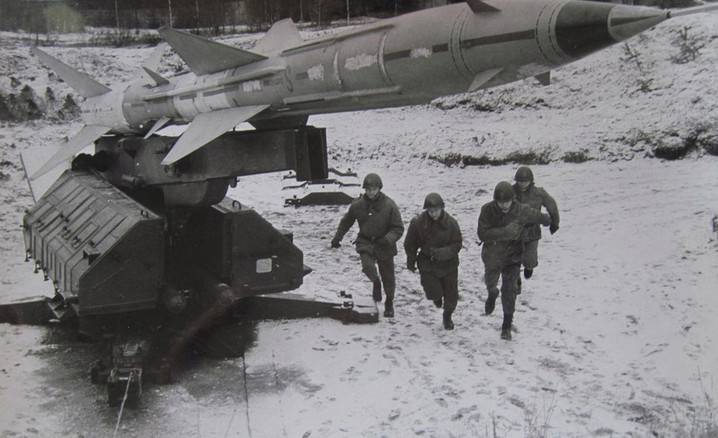
As part of the complexes of this family, anti-aircraft missiles were used, fueled and oxidized, and transporting equipped missiles over a long distance was a very difficult task, and the maneuverability of tractors with elements of air defense systems was low.
Despite the fact that the "seventy" was not without some shortcomings, for a long period of time it was the basis of the Polish object air defense system. Liquid-propellant anti-aircraft missiles have been successfully operated for decades, the difficulties with their refueling and preparation were fully compensated by a decent firing range and a large reach in height. The development of the S-75 continued until the mid-1980s, more long-range and anti-jamming options appeared, and the air defense systems available in the troops were modernized to the level of the latest modifications.
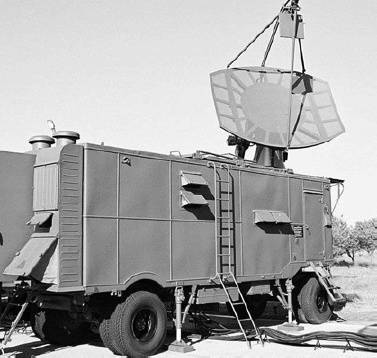
For the possibility of autonomous operations in isolation from the main forces of the regimental or brigade level, the S-75 divisions were given P-12 or P-18 meter-range radars, as well as the RD-45 radar rangefinder.
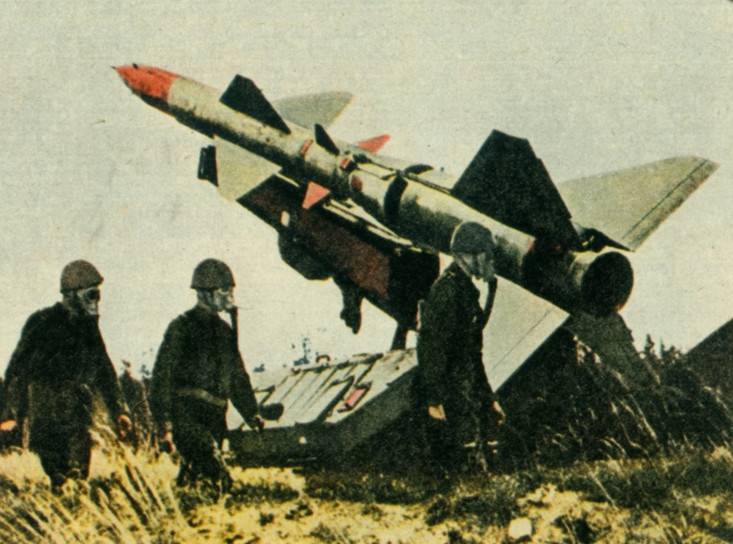
In the opinion of the military, at that time the single-channel complex was not such a big problem. In places where there was a high probability of a group breakthrough of potential enemy aircraft, the S-75 air defense systems were positioned so that they mutually overlap each other's affected areas, and the positions were supposed to be protected from low-altitude strikes by the calculations of MANPADS and small-caliber anti-aircraft artillery.
In the mid-1970s, in addition to the already existing three dozen SA-75M and S-75M medium-range air defense systems, Poland received two new S-75M3 systems and 48 B-759 anti-aircraft missiles.
If we do not take into account the last serial C-75M4 in this family, which was not delivered abroad, which was produced in a very limited quantity, then the S-75M3 air defense system can be considered the pinnacle of the development of the "seventy-five".
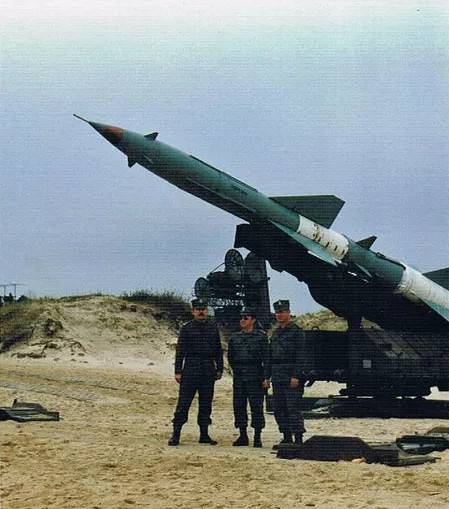
Compared to earlier modifications, the operational and combat characteristics of the S-75M3 have increased significantly. In order to increase the effectiveness of firing at low-flying maneuvering and high-speed small-sized targets, the V-75 (2Ya759) missile was introduced into the S-5M23 (MZ) complexes, with a firing range for low-maneuverable subsonic high-altitude targets up to 55 km. Ceiling - 30 km. The minimum height in the near zone has decreased to 100 m. The maximum speed of the hit target is 3 km / h. The length of the rocket is 700 m. The mass of a fully equipped and refueled missile is 10,9 kg. The warhead with ready-made striking elements weighing 2 kg contained 406 kg of explosives.
The guidance station received a television-optical sight (TOV) with an optical target tracking channel, which could be used to suppress radar target tracking or to increase the secrecy of the application.
In the period from 1970 to 1974, the Polish SA-75M air defense systems underwent modernization of stages 2 and 3. The maintenance of the B-750 missiles was carried out from 1964 to 1972 at an enterprise built with Soviet support in the city of Grudziadz. The repair of elements SA-75M, S-75M, S-125 and S-125M was also carried out there. S-75M air defense systems were upgraded in 1, 2, 3 and 4 stages in 1970-1985.
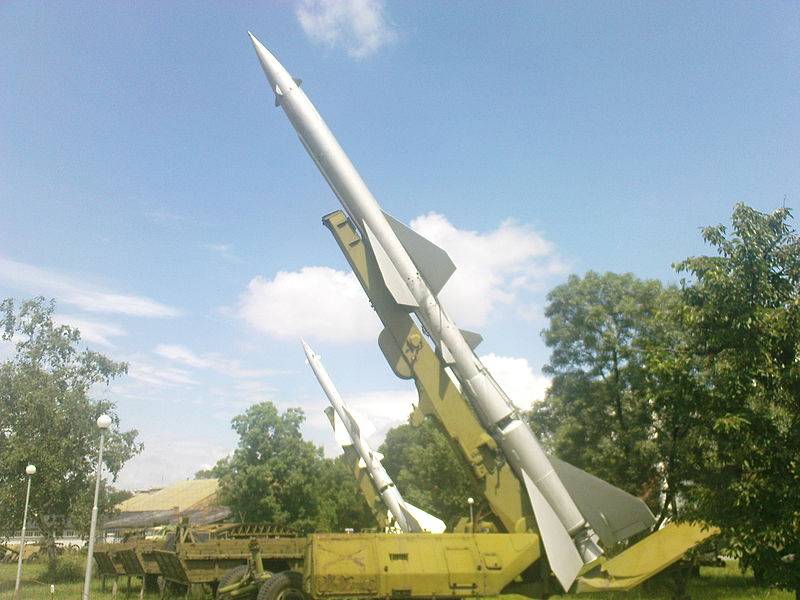
The early SA-75M, which had an anti-aircraft missile guidance station operating in the 10-cm frequency range, were formally in service until 1991, apparently, a significant part of these air defense systems were in storage. By that time, the complexes delivered in the early 1960s had completely exhausted their service life and, even taking into account modernization, were hopelessly outdated.
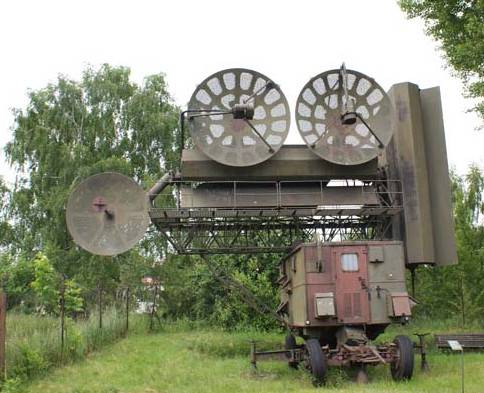
In the 1990s, there was a gradual withdrawal of their operation from the S-75M air defense system with a more noise-immune station in the 6-cm frequency range. By that time, most of the existing V-755 missiles had a service life of more than 25 years, and many rockets filled with liquid fuel and oxidizer were leaking, which posed a serious danger to launch calculations. This problem could be eliminated by repair in the factory or arsenals. But in conditions when the risk of a major conflict in Eastern Europe has fallen to a minimum, the leadership of the national defense department considered it not rational to spend money on repairing obsolete air defense systems. The last two most recent S-75M3 air defense systems were decommissioned in 2001.
Low-altitude C-125
As you know, the S-75 was originally created to deal with high-altitude reconnaissance and long-range bombers, which left its mark on the technical appearance and characteristics of the first Soviet mass-produced air defense system. Despite this, the S-75 systems were actively used against tactical (front-line) and carrier-based aircraft. aviation in many local conflicts.
At the same time, the capabilities of the "seventy-five" in terms of hitting low-altitude actively maneuvering air targets were not highly estimated. In this regard, the question arose of creating a mobile low-altitude air defense system. Such a complex with solid-propellant rockets was put into service in 1961 under the designation S-125 "Neva".
When shaping the technical appearance of the new Soviet low-altitude anti-aircraft missile system with radio command guidance, the experience of creating and operating previously created systems was used. Thanks to the introduction of a number of new technical solutions that were not previously used in Soviet air defense systems, the designers managed to reduce the lower boundary of the affected area in the first version of the complex to 200 meters, later on the modernized S-125M1 (S-125M1A) Neva-M1 complex with anti-aircraft guided missiles (SAM) 5V27D, this figure was 25 meters. Rocket 5V27D with a length of 5 mm weighed 900 kg. The mass of the warhead equipped with RDX was 950 kg. Impact zone: 90–2,5 km. Ceiling - 25 km.
The SNR-125M of the modernized S-125M air defense system was equipped with a television detection and target tracking system of increased accuracy and noise immunity based on the Karat television optical sight.
S-125 became the first anti-aircraft complex of the country's air defense forces with solid-propellant anti-aircraft missiles. The use of solid fuel in SAM engines has a number of significant advantages over anti-aircraft missiles fueled with liquid fuel and an oxidizer.
It is known that the first generation Soviet air defense systems of the medium and long range S-25, S-75 and S-200 with liquid fuel missiles were very expensive to operate. Refueling missiles with toxic fuel and a caustic oxidizer was a very difficult and risky business. When the components of the fuel and the oxidizer came into contact, they instantly ignited spontaneously. The slightest negligence in the actions of calculations or a technical malfunction could lead to a fire and explosion.
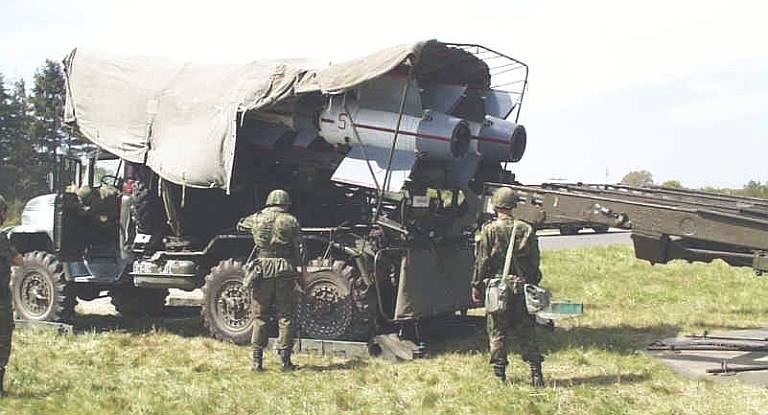
Thanks to the use of multiply charged launchers (2 or 4 missiles per launcher), the S-125 air defense system had greater fire performance and mobility.
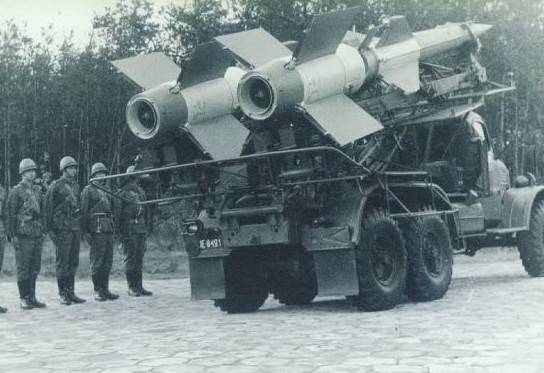
All equipment of the complex was located in towed car trailers and semi-trailers. The S-125 air defense system included: a missile guidance station (CHP-125), transportable launchers (PU), transport-loading vehicles with missiles (TZM), an interface cabin and diesel generator sets.
To ensure the possibility of conducting autonomous combat operations without receiving target designation from the automated control system of the regimental or brigade level, the P-125 (P-12) and P-18 mobile radars were attached to the S-15 divisions.
In 1968, Polish officers went to the USSR to study the S-125 Neva air defense system. The first four divisions began combat duty in early 1971. Rocket firing took place at the Soviet range Ashluk in June 1971.
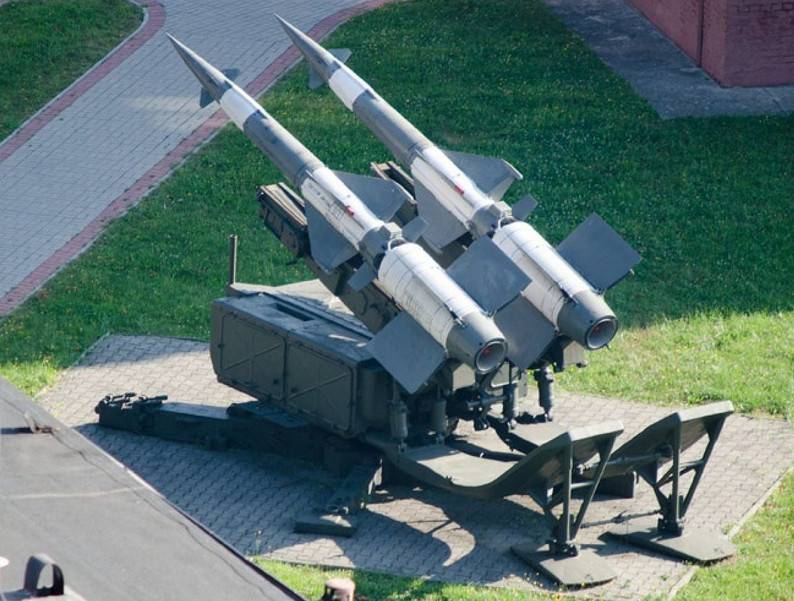
In the mid-1970s, Poland received upgraded S-125M air defense systems with launchers for 4 missiles. After that, the number of ready-to-use missiles in the division increased from 8 to 12 units.
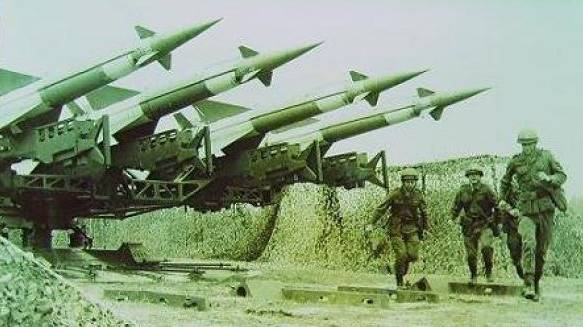
The Polish military appreciated the S-125 and were in no hurry to part with this complex. Compared to the S-75, the low-altitude air defense system was cheaper, easier and safer to operate. In order to extend the service life of the S-125, available in the National Air Defense Forces of Poland, for at least another 20 years, a phased modernization program was launched in the early 1990s.
Initially, it was planned to radically improve the mobility of the complex, by transferring the main elements to self-propelled platforms. Also, in parallel with the overhaul, it was planned to transfer part of the electronic components to a new element base.
In 1994, tests of the S-125 "Newa-MS" air defense system began, in which the 5P73 launchers with four 5V27 missiles and the antenna post of the CHP-125 guidance station were placed on a tracked chassis tank T-55. The modified air defense system took part in the KARAT-94 exercise.
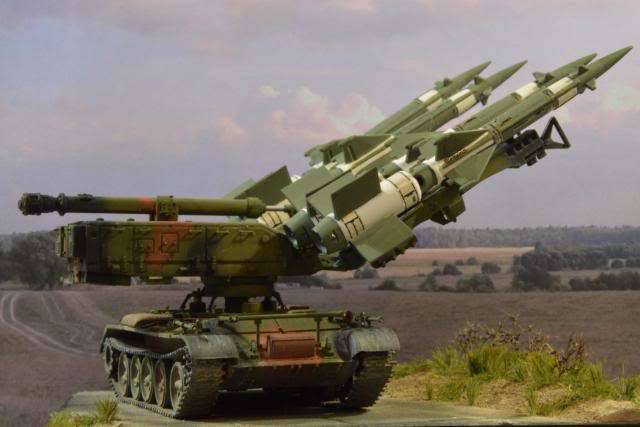
However, this option did not suit the military. The van, in which the main hardware of the complex was located, remained towed, which reduced the speed of movement and the maneuverability of the division as a whole.
In 1995, the second stage of modernization work began, during which the control cabin and antenna post were installed on the MAZ-543 wheeled chassis (formerly used for OTP R-17 launchers).
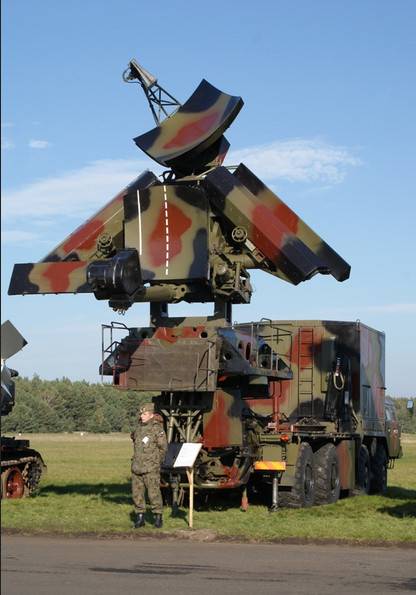
This variant, called Newa-C, was tested in 1996 during SZERSZEŃ-96 maneuvers.
To improve reliability, reduce the weight of dimensions and power consumption, employees of the Warsaw University of Defense and Technology, together with specialists from the Military Electronics Plant in Zelenka, in the course of work carried out in 1997–1998, transferred most of the electronics from electrovacuum devices to a solid-state element base. Thanks to the use of digital technologies and new algorithms of work, it was possible to improve noise immunity and increase the speed of information processing.
Practical work on the material and technical base of the air defense forces in Torun began in 1999. The plant in Zelenka was responsible for the installation of electronics in the control cabin.
Up to the level of "Newa-SC" 20 anti-aircraft missile systems were upgraded. At the same time, in one of the unnamed countries of the former USSR (apparently, we are talking about Ukraine), Polish anti-aircraft missiles were repaired, with the replacement of solid fuel of the first and second stages of the engine.
Despite the fact that Newa-SC is better in cross-country ability than other analogues, it is customary in domestic sources to criticize the Polish version of modernization, which is allegedly inferior in its capabilities to the complexes modernized in Russia and Belarus. It is not known whether the Newa-SC air defense system is much worse than the domestic export version of the S-125-2M Pechora-2M, but Poland began to improve its S-125 much earlier than Russia, Ukraine and Belarus.
S-200 long-range air defense system
After the S-1983 long-range air defense system was deployed in Syria in 200 and "lost its innocence" in terms of secrecy, the Soviet government decided to share it with the allies.
In 1985, by order of the chief of the general staff of the Polish People's Army, the 78th anti-aircraft missile regiment was formed, which became part of the 26th air defense brigade, in which other divisions were equipped with S-75M air defense systems.
The 78th regiment became the only military unit in Poland that was armed with the long-range S-200VE complex. From the very beginning, the 78th ZRP had the status of a special one, and candidates for service in it were carefully selected and checked by counterintelligence. Training for new equipment was carried out at the Training Center of the USSR Air Defense Forces in Gatchina.
The starting positions of the Polish S-200VE air defense systems were deployed on the coast of the Baltic Sea, 8 km from the town of Mrzezhino. The satellite image shows that the long-range complexes were placed in close proximity to the coastline.
Although Poland received two firing divisions, three positions were erected here. The personnel of the 78th ZRP began to carry out combat duty in January 1987.
Based on the vulnerability of the complex to air attack, the location was not optimal. But the Soviet military leadership decided to link the Polish S-200VE with similar systems deployed in the GDR and on the territory of the Kaliningrad region.
For additional protection of the S-200VE, batteries of 57-mm S-60 anti-aircraft guns and an S-125 air defense division were placed nearby. From an air enemy that broke through at low altitude in wartime, positions were to be covered by 14,5-mm twin anti-aircraft guns and Strela-2M MANPADS.
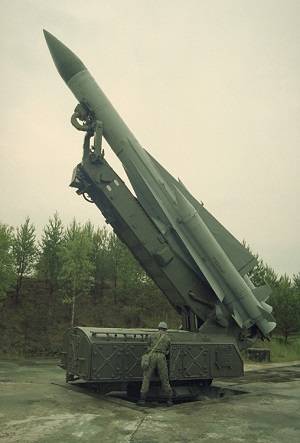
The firing complex of the S-200VE system consists of a command post, firing channels and a power supply system. The firing channel included a target illumination radar and a starting position with six launchers and 12 charging machines. The deployment of the complex was carried out at a well-prepared position in terms of engineering, where capital structures and shelters were erected.
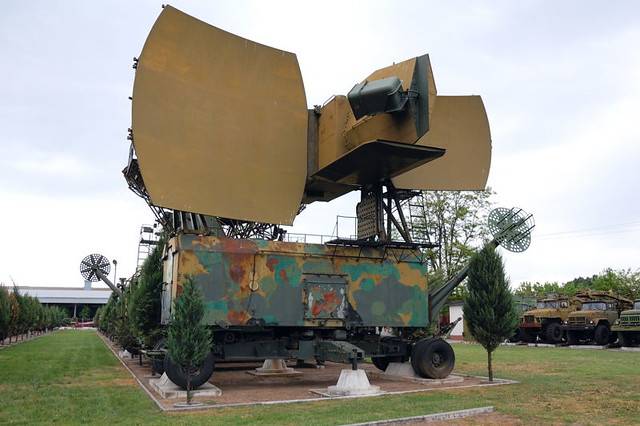
The characteristics and scale of the S-200 air defense system, created more than 50 years ago in the USSR, still inspire respect. Only relatively recently, an anti-aircraft missile entered the ammunition load of the domestic S-400 air defense system, which surpassed the “two hundred” in range.
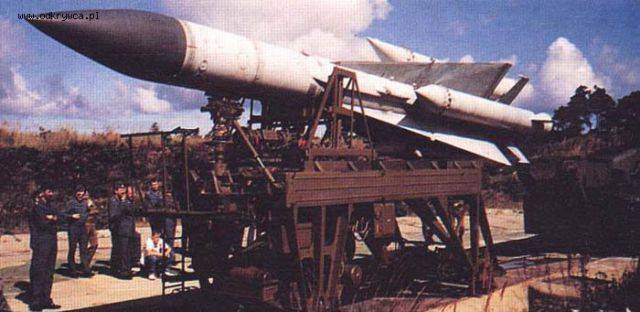
The V-880E liquid-propellant missile system with a semi-active radar guidance system, used as part of the export Vega, is comparable in size and weight to the MiG-21 fighter. The length of the rocket was 10 mm. Starting weight - 800 7 kg. Firing range - up to 100 km. Ceiling - 240 km. The minimum height of defeat is 35 m. Four detachable solid-propellant boosters are used for launch.
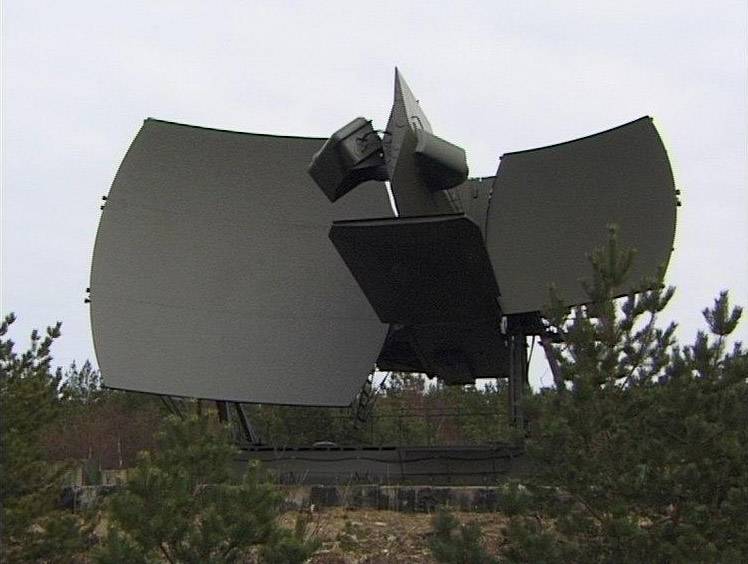
At the positions of the 78th ZRP, two fire divisions were deployed, each with one guidance station and six launchers in each. The total ammunition load was 38 anti-aircraft missiles. For training and education, there were 7 training missiles. Maintenance and refueling of missiles was carried out at a separate technical position. The personal calculation of the Polish S-200VE in the late 1980s carried out firing at the Soviet training ground in Kazakhstan, where it was highly appreciated.
Although the S-200VE air defense system was very expensive and difficult to operate, Poland, unlike other countries of the Eastern Bloc: Bulgaria, Germany and Hungary, was in no hurry to part with it.
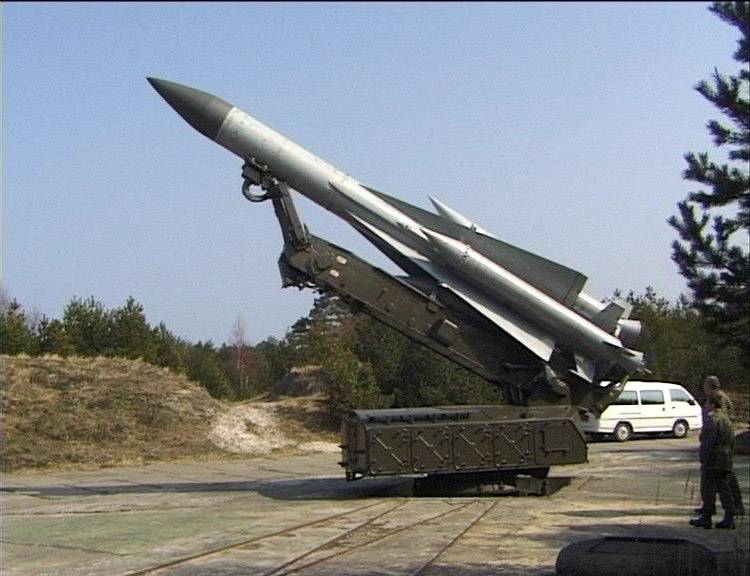
The strengths of the "dvuhsotka" were: the firing range and reach in height, which had not been surpassed for several decades, a fairly high noise immunity and a very powerful warhead, which made it possible to hit several aircraft flying in close formation. In the air defense system of Poland, the S-200VE systems have become a “long arm” that allows you to shoot down intruder aircraft at a great distance.
In the late 1990s, the Warsaw University of Defense and Technology and the WZU Company launched a program for the modernization and refurbishment of the Polish S-200VE.
After analyzing all the options, it was decided to upgrade one complex and part of the existing missiles. The second air defense system and the most worn out missiles were used as a source of spare parts.
The upgraded version, part of the electronics of which was transferred to the element base that was modern at that time, and the control system was digitized, received the designation S-200S and is still formally in service.
Failed deliveries of S-300PMU air defense systems
In the second half of the 1980s, the command of the Warsaw Pact Organization adopted a plan according to which the outdated single-channel air defense systems SA-75M and S-75M were to be replaced by multi-channel anti-aircraft systems S-300PMU (export version of the S-300PS) with solid-propellant missiles placed in pressurized vehicles. -launch containers on self-propelled units.
Before the collapse of the Eastern Bloc, Bulgaria and Czechoslovakia received one divisional set with attached radar equipment. The deliveries that had begun to the GDR were canceled at the last moment, and the equipment already delivered was returned to the USSR.
As part of preparations for the deployment of the S-300PMU, Poland managed to receive one ST-68U (19Zh6) radar station. This three-coordinate standby radar operating in the decimeter frequency range was used for the timely detection of air targets and the issuance of target designation in regiments armed with S-300PS (S-300PMU) air defense systems.
To be continued ...

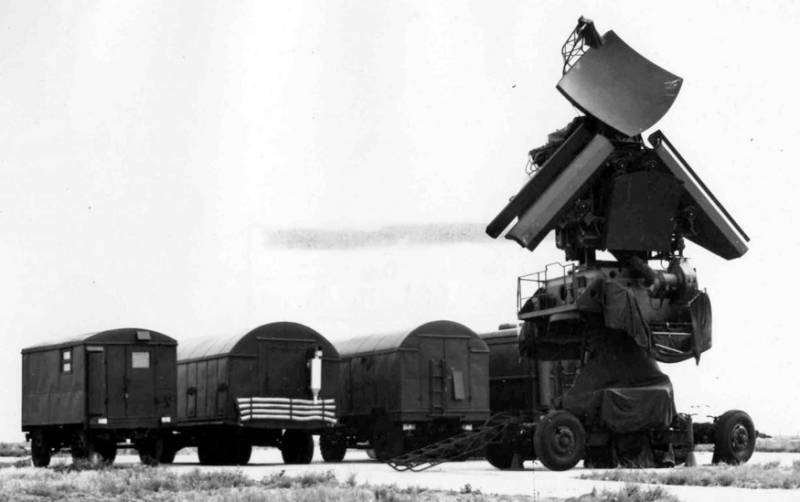
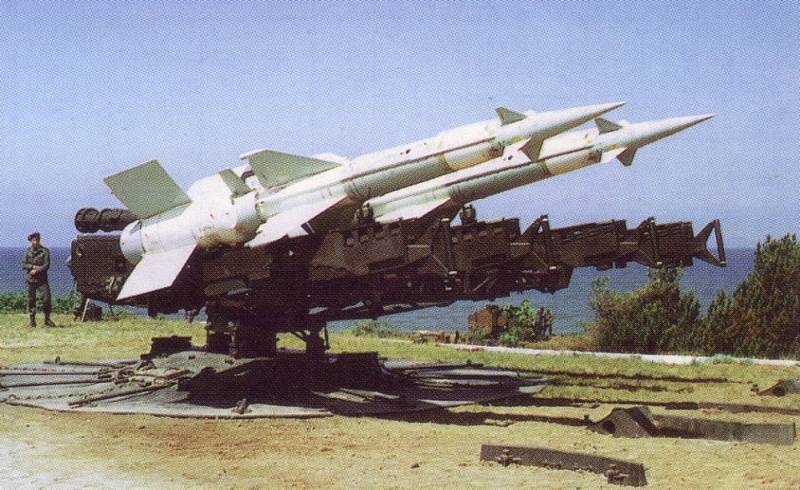
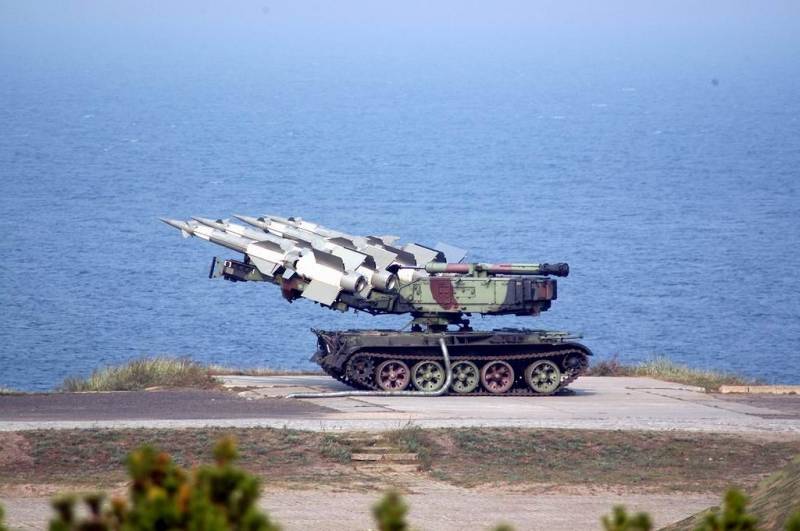
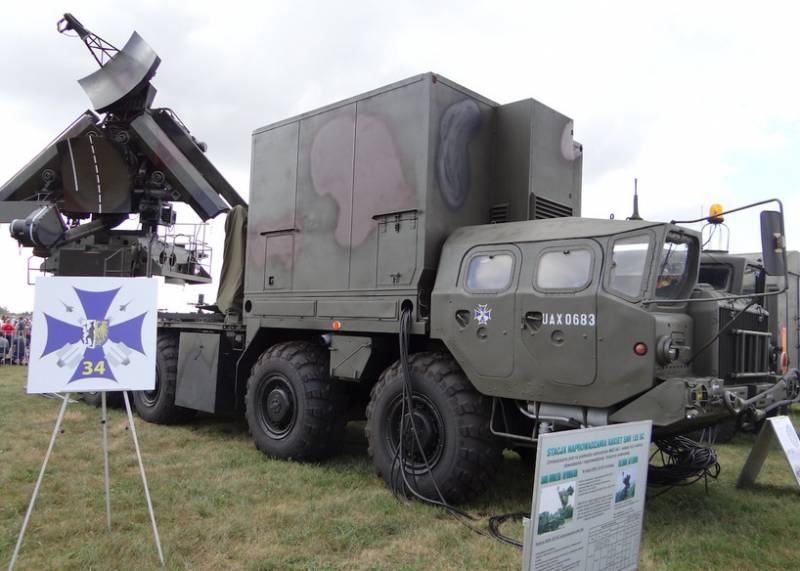
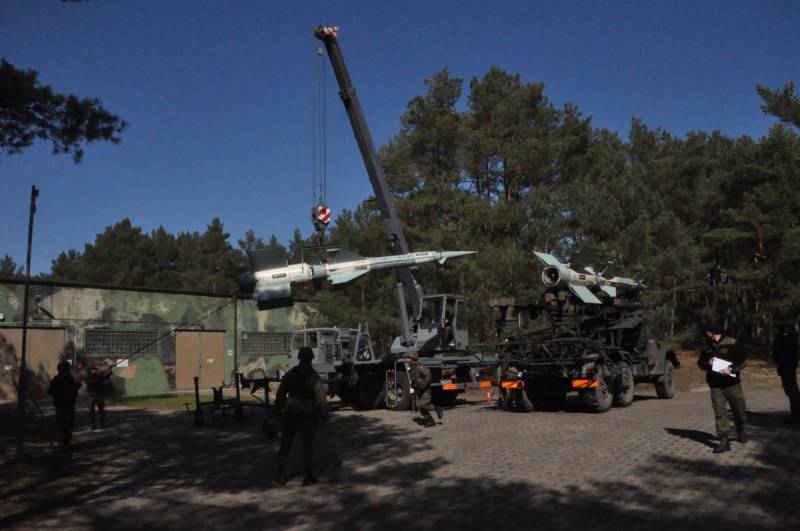
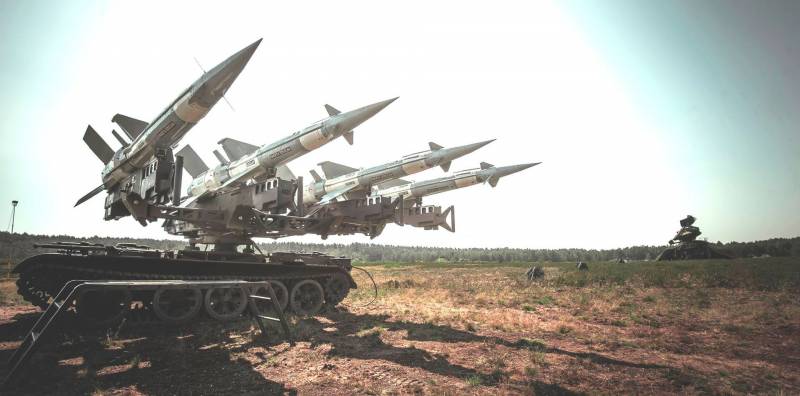

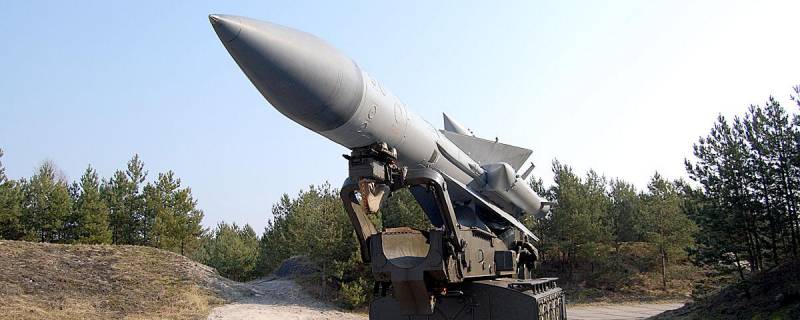
Information